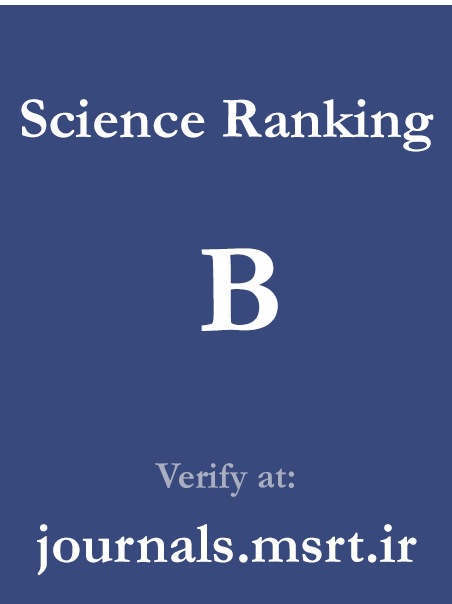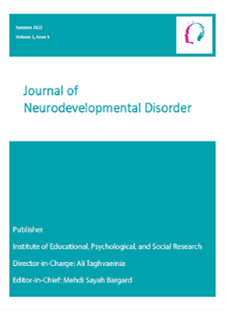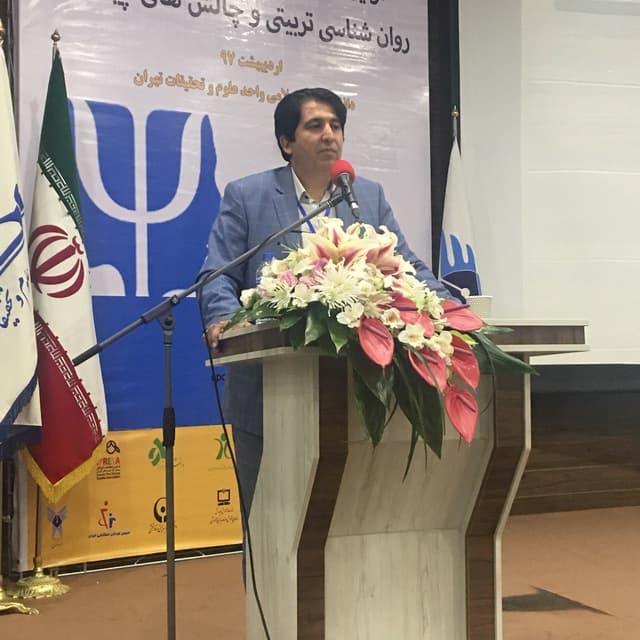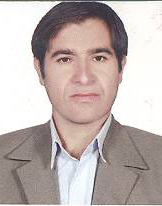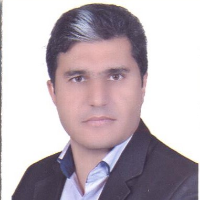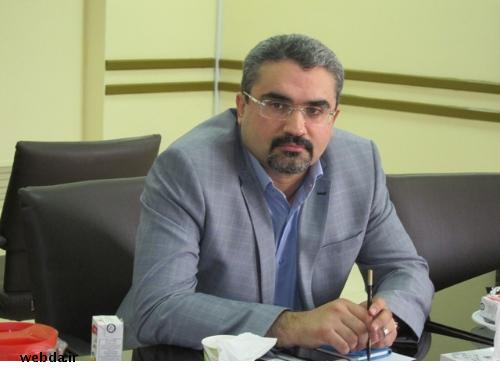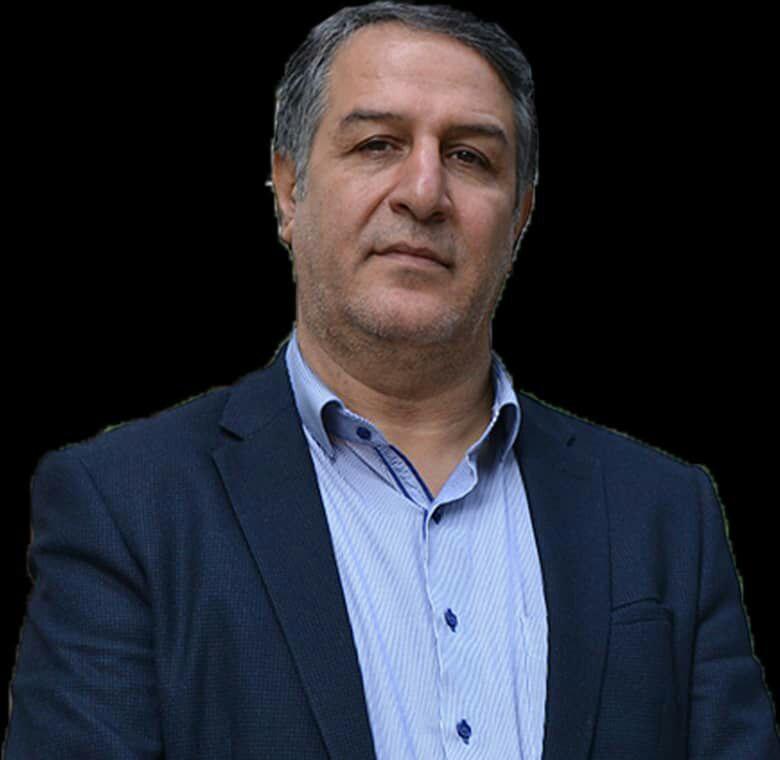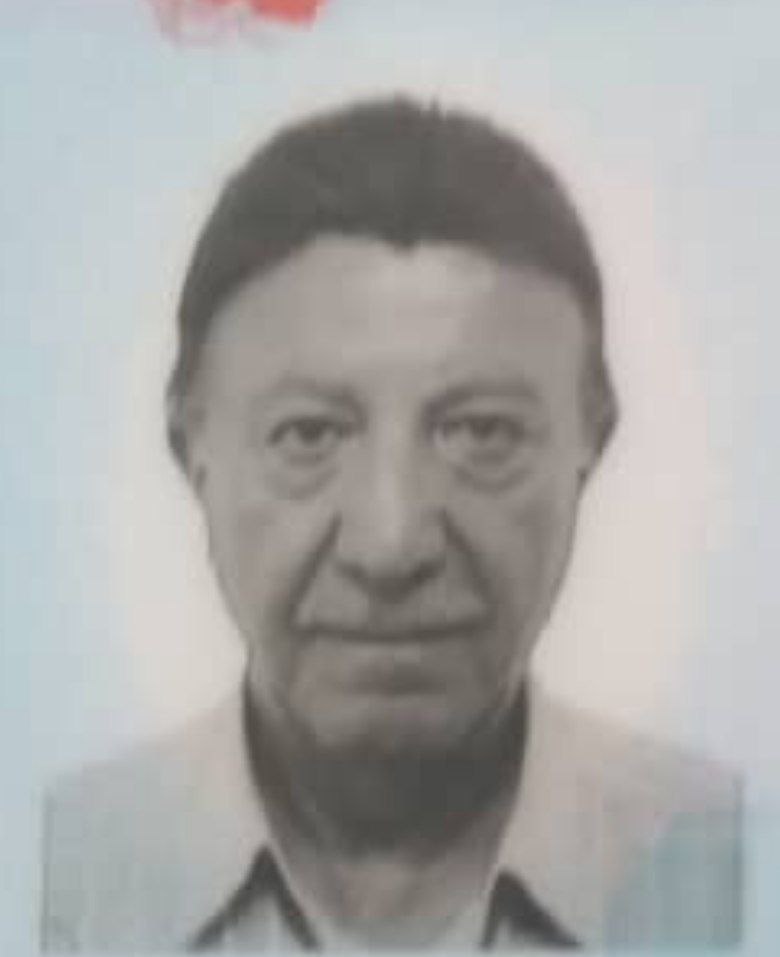Sports Vision in a Non-Specific Sports Environment: The Effect on the Functional Ability and Mood of Young Iraqi Volleyball Players Under Psychological Pressure
Keywords:
Functional ability, sports vision, psychological pressure, mood, volleyballAbstract
Objective: The purpose of the present study was to compare the effect of a sports vision training period (general sports vision stimuli with general motor actions), combined training (general sports vision stimuli with volleyball-specific motor actions), and specialized training (sport-specific visual stimuli in a volleyball context) on the functional ability and mood of young Iraqi volleyball players under psychological pressure.
Methods and Materials: In this quasi-experimental study, forty-two participants were purposefully selected and randomly assigned into three groups (14 people each): sports vision training, combined training, and specialized/traditional training. To measure functional ability, the repeated effort test (Shawon et al., 2013) was used. Mood was measured using the 32-item BRUMS mood states questionnaire. To determine trait anxiety, the Illinois SCAT questionnaire (SCAT) was administered, and to determine state anxiety, the Competitive State Anxiety Inventory-2 (CSAI-2) was employed. In order to induce psychological pressure in the post-test, a combined method of monitoring and comparison was used. Data were analyzed using multivariate analysis of covariance (MANCOVA) and the Bonferroni post-hoc test.
Findings: The results indicated a statistically significant difference in functional ability between the combined training group and the specialized/traditional group in favor of the combined training group (p = 0.01). In terms of positive mood components, no statistically significant difference was found between the sports vision training and combined training groups (p ≥ 0.05). However, there was a statistically significant difference between the sports vision training and specialized/traditional groups, and also between the combined training and specialized/traditional groups (p ≤ 0.05). For negative mood components, a statistically significant difference was observed only between the combined training and specialized/traditional groups (p ≤ 0.05).
Conclusion: Direct and indirect effects of sports vision training can assist coaches and athletes in diversifying their training programs and may be used as a tool to manage competitive psychological pressure.
Downloads
Downloads
Published
Submitted
Revised
Accepted
Issue
Section
License
Copyright (c) 2025 Hussein Srayyih Hammood Al-Fraidawi , Hamid Zahedi, Alaa Muhsun Yasir Al-uoda, Zohreh Meshkati (Author)

This work is licensed under a Creative Commons Attribution-NonCommercial 4.0 International License.
